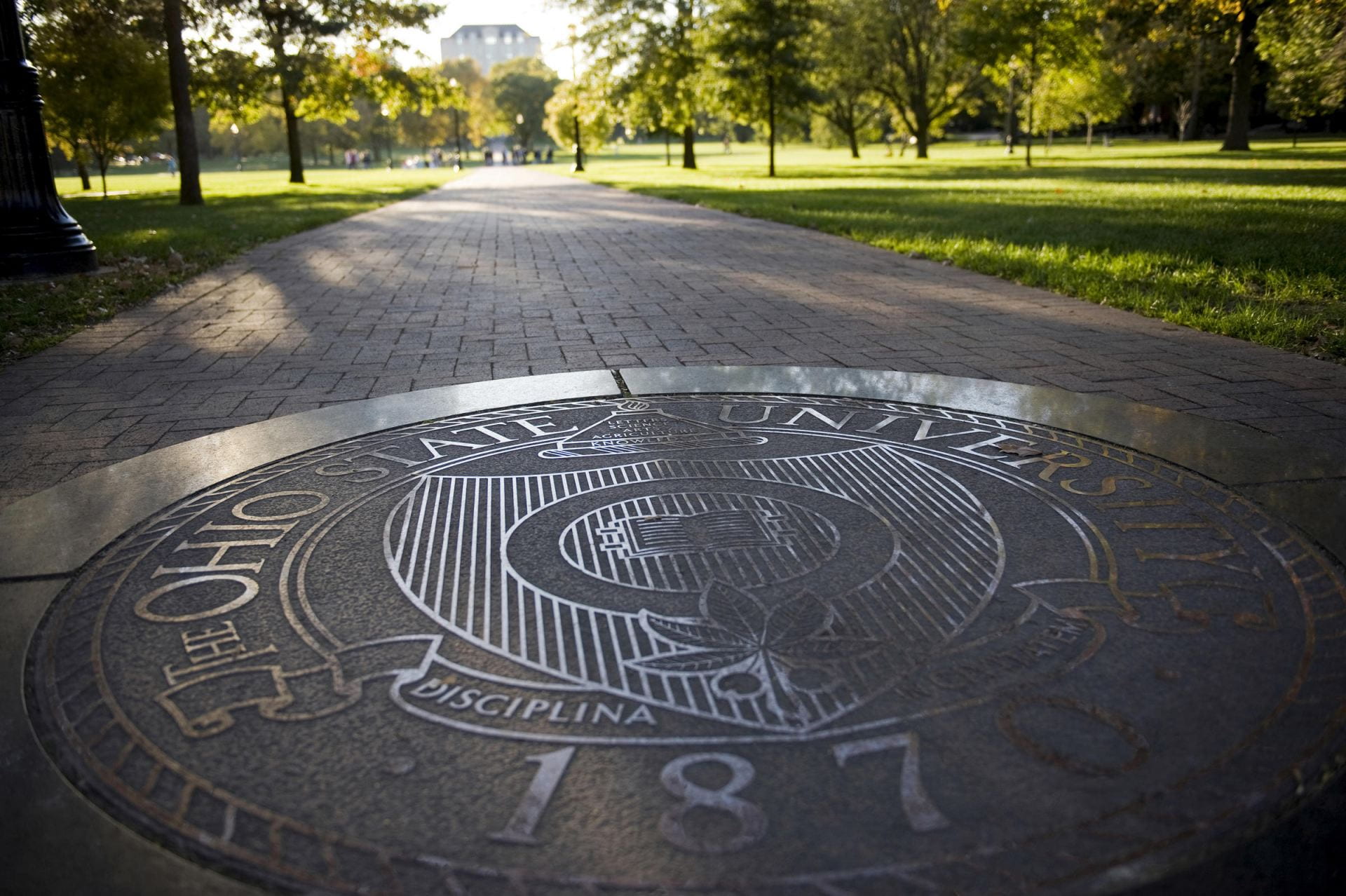
Ohio State will evaluate its admissions process following the U.S. Supreme Court’s decision on affirmative action Thursday. Credit: Lantern File Photo
The U.S. Supreme Court ruled that the race-conscious admissions in two cases involving the University of North Carolina and Harvard University were unconstitutional Thursday.
The cases for both schools were addressed in a single opinion, with the decision in both cases split by partisan lines. Executive Vice President and Provost Melissa Gilliam and Vice Provost for Strategic Enrollment Management James Orr said they “expect any changes to admissions to go into effect immediately and to be forward-looking, without impacting our current students’ place at the university” in an email to the Ohio State community last week.
“The Office of Academic Affairs has convened a group that is working closely with colleges and units across Ohio State, as well as the Office of Legal Affairs, to anticipate potential impacts to university policies and practices, develop solutions to respond quickly to the decisions and update policies and practices to comply with the law,” the email continued.
The court deliberated if the race-conscious admissions were a violation of the Equal Protection Clause of the 14th Amendment. In the majority opinion, delivered by Chief Justice John Roberts, they noted that the circuit court decision found that Harvard’s consideration of race led to fewer admissions of Asian-American students.
“Because Harvard’s and UNC’s admissions programs lack sufficiently focused and measurable objectives warranting the use of race, unavoidably employ race in a negative manner, involve racial stereotyping, and lack meaningful end points, those admissions programs cannot be reconciled with the guarantees of the Equal Protection Clause,” the opinion said.
Roberts said that though affirmative action was ruled permissible in previous cases because of the “educational benefits that flow from a racially diverse student body,” there are limits “such admissions programs must comply with strict scrutiny, may never use race as a stereotype or negative, and must—at some point—end.”
Ben Johnson, a university spokesperson, said in an email Thursday that Ohio State is reviewing the opinion and continuing to evaluate its impact for the university.
“Ohio State will make any necessary changes to continue to follow all state and federal laws regarding admissions,” Johnson said. “Any updates to Ohio State’s admission criteria will be shared with the university community and posted on the Strategic Enrollment Management website.”
In the dissenting opinion, authored by Justice Sonia Sotomayor, she argued that “[t]his limited use of race has helped equalize educational opportunities for all students of every race and background and has improved racial diversity on college campuses.”
“Entrenched racial inequality remains a reality today,” the opinion continued, “That is true for society writ large and, more specifically, for Harvard and the University of North Carolina (UNC), two institutions with a long history of racial exclusion.”
This story will be updated as more information becomes available.


